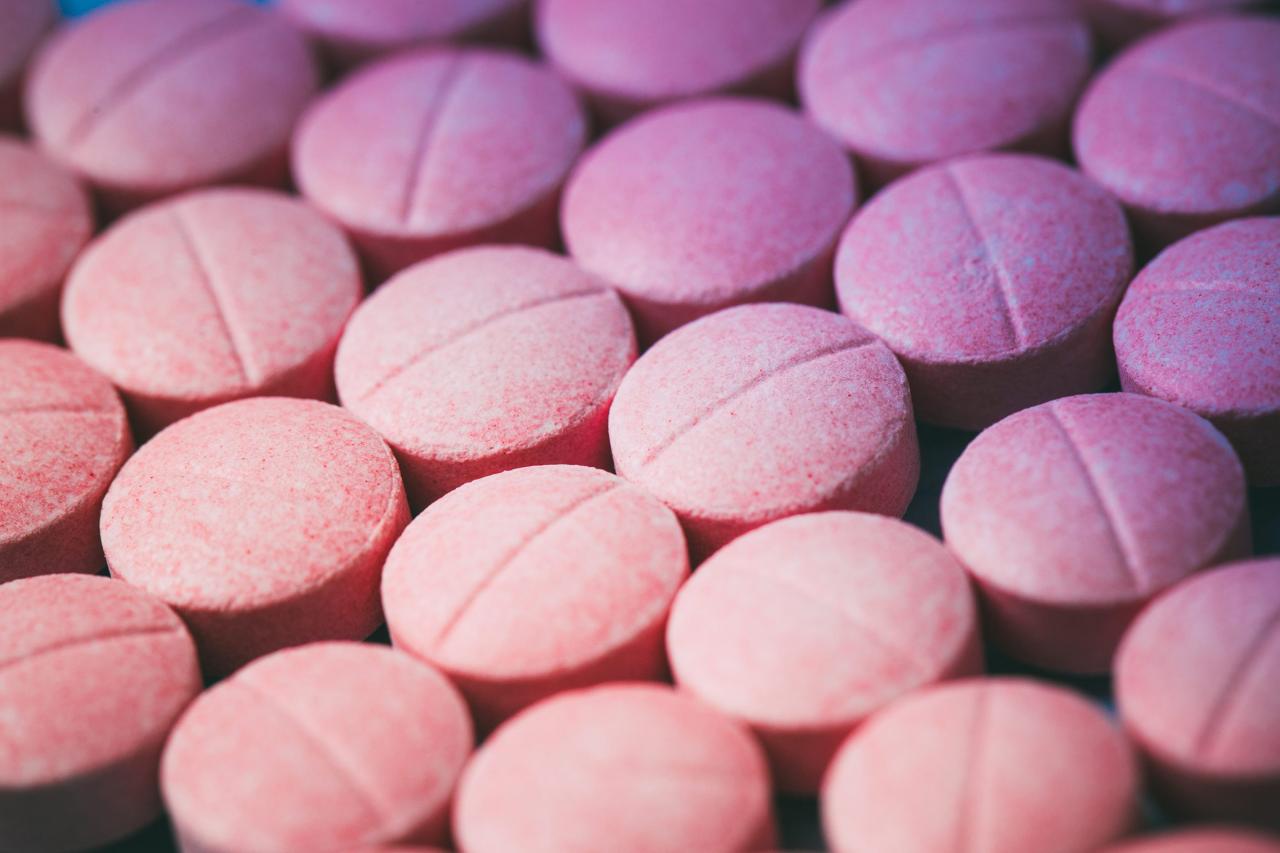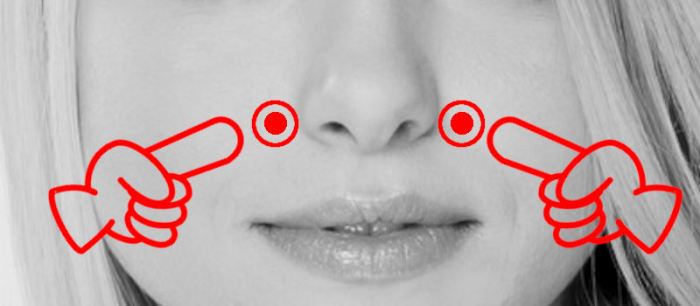Treatments for lingering cough – Treating lingering coughs: This comprehensive guide explores various aspects of persistent coughs, from understanding their causes to effective treatments and preventive measures. We’ll delve into the nuances of different cough types, diagnostic procedures, and a range of home remedies and medical treatments. Learn what constitutes a lingering cough, how to…
Tag: home remedies
Can I Close My Large Pores? A Deep Dive
Can I close my large pores? This question sparks curiosity and a desire for clearer, smoother skin. Understanding the causes, from genetics to skincare habits, is key to effectively addressing this common concern. We’ll explore various methods, from simple home remedies to professional treatments, and even delve into the science behind pore size and appearance….
Gargling Salt Water for Sore Throat A Guide
Gargling salt water for sore throat is a time-honored remedy, often used to soothe a scratchy or painful throat. This guide delves into the history, process, safety, and potential benefits of this simple yet effective practice. We’ll explore the science behind its effectiveness, compare it to other home remedies, and highlight important safety considerations. Whether…
How to Improve Skin Texture A Comprehensive Guide
How to improve skin texture is a question many grapple with. From unevenness and dryness to oily skin and scarring, understanding the underlying causes and implementing the right strategies are crucial for achieving healthy, radiant skin. This guide dives deep into various aspects, exploring lifestyle choices, skincare products, professional treatments, and even home remedies to…
Natural Remedies for Fungal Nail Infections A Guide
Natural remedies for fungal nail infections offer a potential alternative to traditional treatments. This exploration delves into the world of home remedies, examining their historical use, effectiveness, and potential risks. We’ll cover various remedies, application methods, and safety precautions, providing a comprehensive understanding of this often-overlooked health concern. The guide also includes comparisons with conventional…
Ways to Clear Blocked Sinuses A Comprehensive Guide
Ways to clear blocked sinuses is a multifaceted topic that dives into various approaches, from simple home remedies to advanced medical interventions. This guide explores the anatomy of sinuses, pinpointing common and uncommon causes of blockages, and distinguishing between acute and chronic cases. It further details effective home remedies, over-the-counter medications, and when medical intervention…






